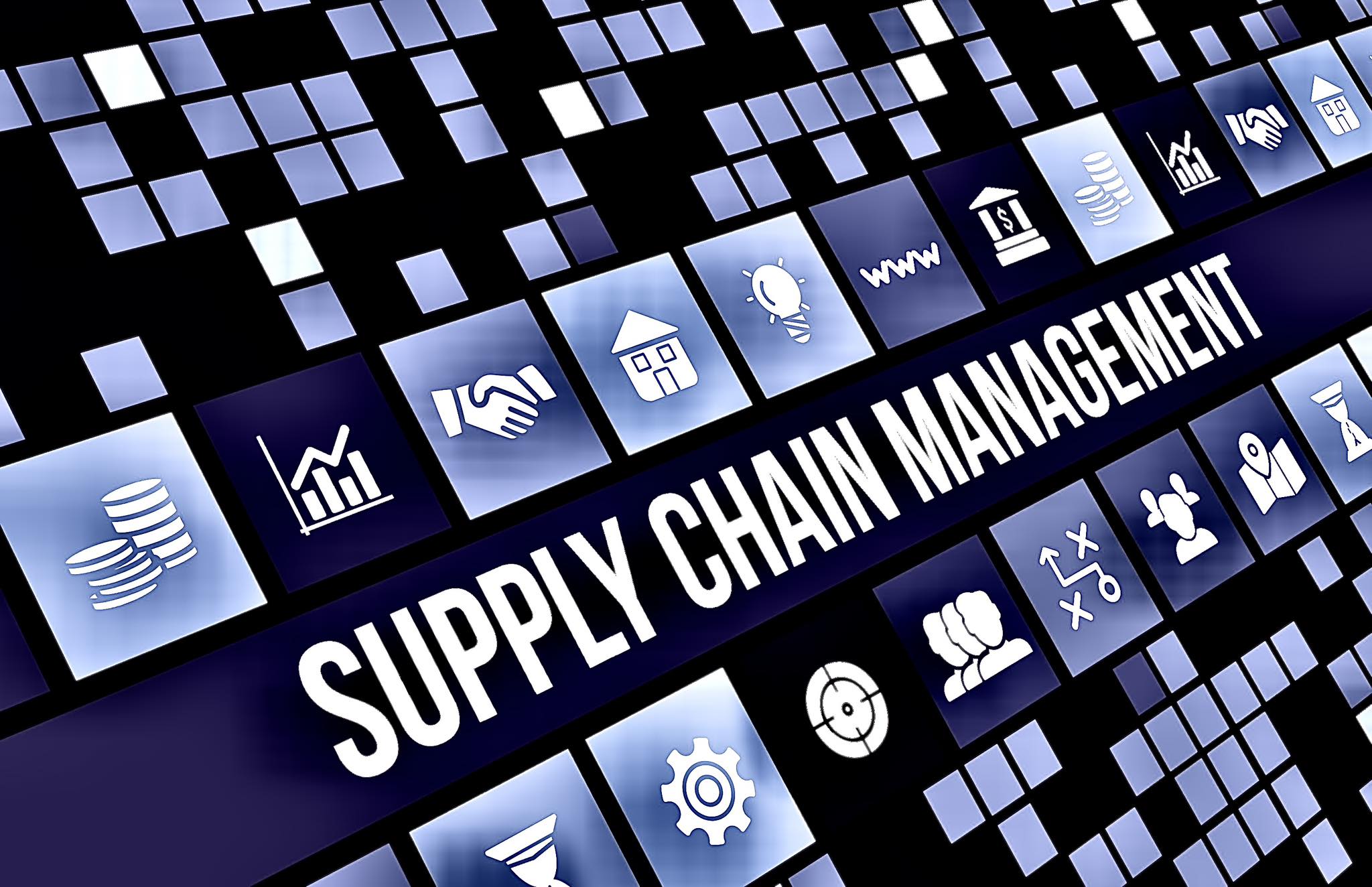
As technology continues to evolve at a rapid rate, the pharmaceutical industry is embracing the digital age. Digital supply chains is an emerging area of interest for pharma organisations, promising improvements in speed, flexibility, and efficiency. While this concept is relatively new, it demonstrates a number of exciting possibilities for pharmaceutical manufacturers which could benefit them in turbulent times like the ongoing pandemic and the future.
Introduction
The pharmaceutical industry supply chain is the process by which prescription medicines are manufactured and delivered to patient groups. There are five principal steps in the pharma supply chain:
• Pharmaceutical products originate in manufacturing sites
• Products are transferred to wholesale distributors
• Products are stocked at retail, mail-order, and other types of pharmacies
• They are then subject to price negotiations and process through quality and utilisation management screens by pharmacy benefit management companies
• Products are dispensed by pharmacies and delivered to patients
While some may assume the pharma company marketing the drug determines the price, it is in fact the manufacturers who have the most influence over market price. They also assess the predicted demand, potential future competition, and the projected marketing cost – this helps to establish the wholesale acquisition cost.
It is a complex but critical part of drug development, which faces a set of its own challenges including “supply chain visibility, drug counterfeiting, cold-chain shipping, and raising prescription drug prices, which can significantly increase out-of-pocket costs for patients”.
The US pharmaceutical chains are facing a particular challenge of their own, specifically the reliance of pharmaceutical ingredients manufactured overseas. According to a recent article, of the 47 most-prescribed antivirals in the US, 97% have no US source of API (active pharmaceutical ingredient). It was highlighted that this can have a huge impact on the US, which could cause the country to lack resilience and leverage when attempting to solve supply chain issues.
Challenges imposed by the pandemic
The ongoing COVID-19 pandemic continues to have a substantial impact on pharmaceutical supply chains. A sudden spike in demand for pharmaceutical products was one of the first challenges at the start of the pandemic. Panic buying contributed significantly to a shortage of over-the-counter medication, especially paracetamol, due to conflicting reports about the safety of ibuprofen with COVID-19.
In addition, fears about the risk of pre-existing conditions saw periodic shortages in the market for chronic disease medication. A study in the US indicated that asthma medications spiked by 65%,and type 2 diabetes medications increased by 25% from the 13th to the 21st of March 2020.
The supply of products across the globe is still limited by a number of logistical challenges. National lockdowns and a quarantined workforce continue to reduce the transportation capacity of pharmaceutical products.
In 2020 especially, imposed travel restrictions had a significant impact on drug productions, especially if an API is manufactured in one country and must be distributed to another for final formulation.
The implementation of safety protocols and limited onsite inspections caused concerns about quality checks throughout the supply chain, from raw materials through to APIs. The global impact of this was more critical when production of non-substitutional essential APIs, such as amoxicillin, was affected.
The logistics of a digital supply chain
With emerging digital technologies revolutionising areas of the pharmaceutical industry, supply chain logistics is one area in particular which is observing a number of innovations. The digitalisation of the pharmaceutical supply chain is a prime example, and is described as “a set of processes that use advanced technologies and better insights into the functions of each stakeholder along the chain, to let each participant make better decisions about the sources of materials needed, the demand for products and the relationships in between”.
The digitisation of a supply chain brings with it a number of advantages for pharma companies, including:
Speed – new approaches like predictive analytics can be used to determine factors like demand and market trends, which enables supply chains to alter productive capacity so that orders are executed much faster.
Greater flexibility – for example, real-time production capacity feedback from machines enables companies to react more efficiently and dynamically to changing requirements.
Cost reduction – a digital supply chain enables the company to monitor the use of resources, which avoids the loss of revenue due to out of stock or overstocked products. Digitalisation also allows just-in-time manufacturing to become more accessible by ensuring critical decisions and pushing last-minute deliveries – optimising decision making and saving costs.
Greater operational efficiency – the automation of physical tasks and planning through robotics, boosts the efficiency of pharma supply chains – in terms of speed and reduces the risk of temporarily stopping production due to human error.
Advanced robotic solutions have emerged in recent years through the use of artificial exoskeletons which emulate human physiology. One of the main benefits is the major impact on warehouse productivity, as humans are no longer exposed to straining manual movements.
Challenges to be addressed
While a digital supply chain supports the efficient execution of a pharmaceutical supply chain, it is not without a number of challenges. Excessive risk and license infringement is a particular problem with digitalisation, that arises when organisations do not regularly review their digital supply chain. Problems such as failing to check agreement terms and meeting proper use rights can grow into significant issues like license infringement.
In the eagerness to yield the benefits of a digital supply chain, many companies fail to make sure the system is user-friendly. According to a recent article, “less than 1 percent of companies have integrated software fulfillment that seamlessly ties together ordering, ticketing, procurement, contract management, and delivery systems”. The lack of software integration creates a poor experience for users, which can introduce a number of problems and cause a ripple effect through the supply chain.
While these challenges are an issue right now, technology continues to evolve at a rapid rate, and increased implementation in the pharmaceutical industry means companies are becoming more acquainted with different systems. The potential for digital supply chains to refine pharmaceutical manufacturing is more than evident, and an increasing number of organisations are investigating how it could benefit them.
Charlotte Di Salvo, Editor
PharmaFeatures
Subscribe
to get our
LATEST NEWS
Related Posts

Manufacturing & Logistics
Enhancing Resilience in Pharmaceutical Supply Chains: A Comprehensive Approach
In the realm of healthcare, particularly within the pharmaceutical supply chain, resilience is of paramount importance.

Manufacturing & Logistics
Amerigo Scientific’s Lab Sample Storage Breakthrough: A -86°C Freezer
Amerigo Scientific’s latest innovative product represents a significant advancement in temperature-controlled storage technology.
Read More Articles
Synthetic Chemistry’s Potential in Deciphering Antimicrobial Peptides
The saga of antimicrobial peptides unfolds as a testament to scientific ingenuity and therapeutic resilience.












